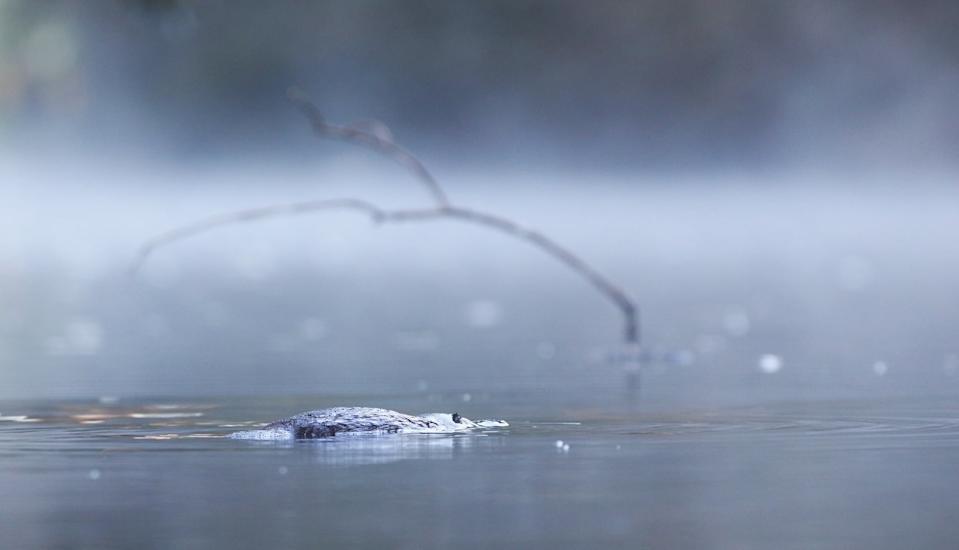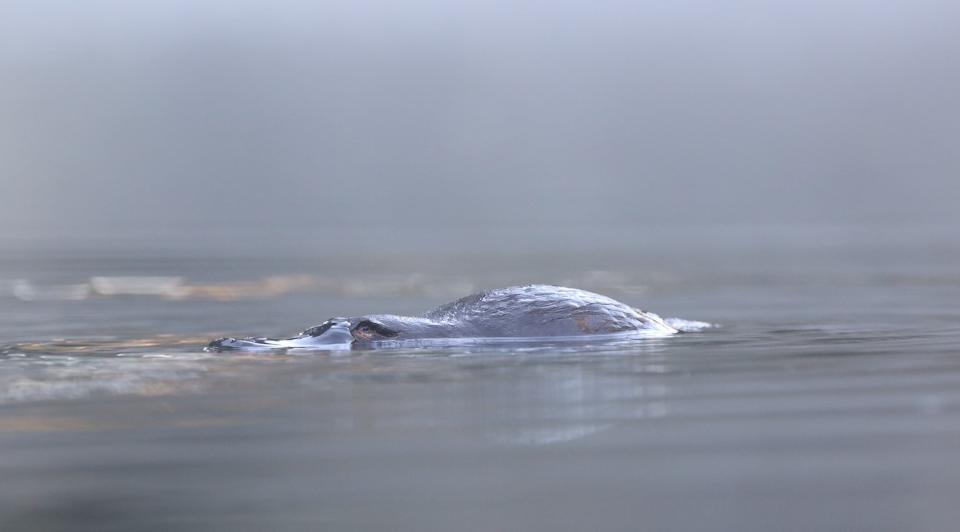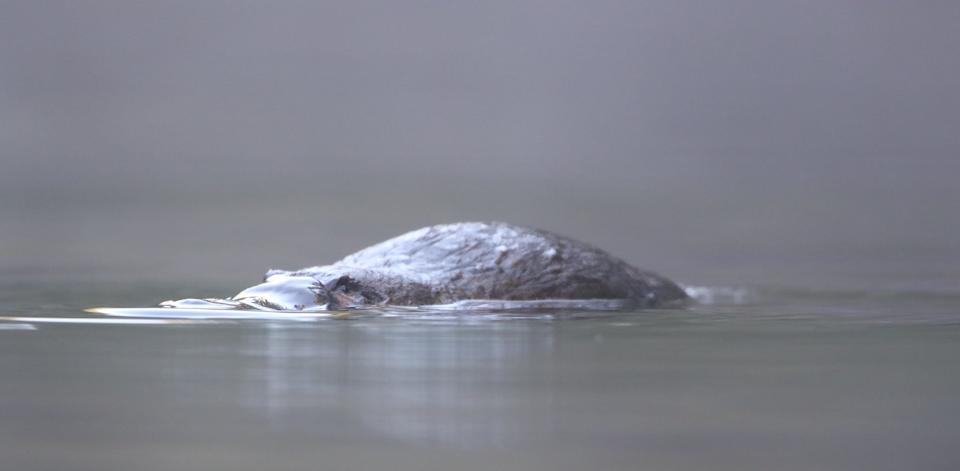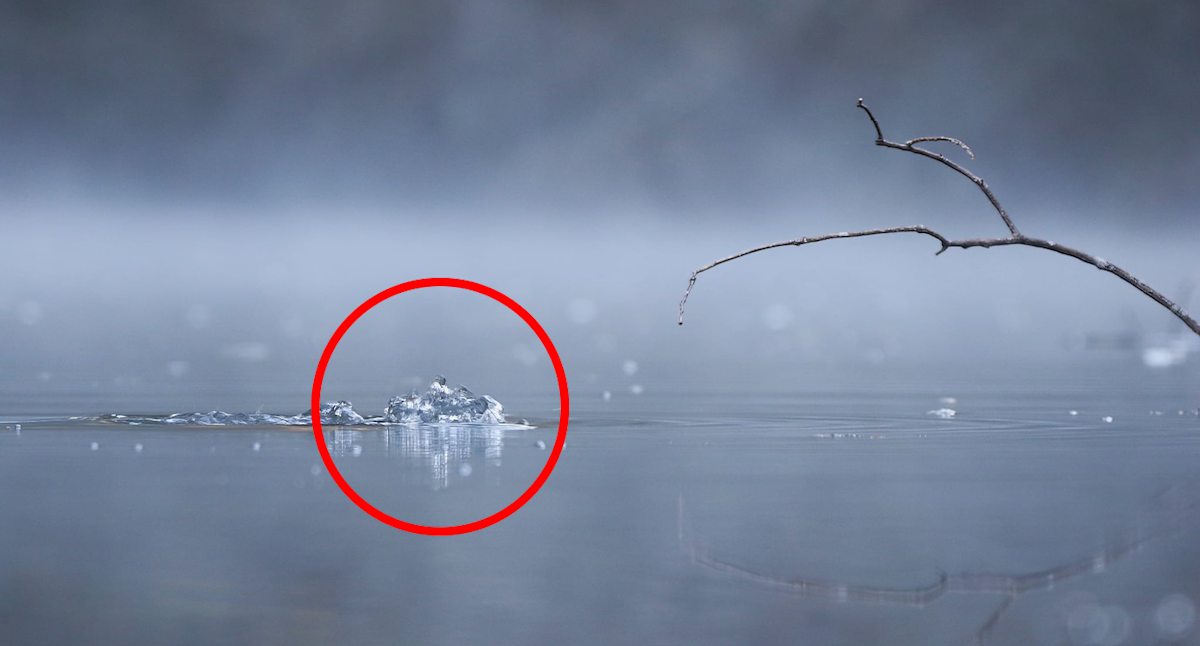Under a cloud of mist, vigorous ripples appear on the surface of the water. The animal lingering underneath the surface is one few Australians have seen in the wild – a platypus.
For over a decade, Neil Andison has been photographing them at a creek in Maleny, a quiet town inland from Queensland’s bustling Sunshine Coast. “It started with a surprise sighting and that was it, I was hooked. It was like what some might call a platypus epiphany,” he said.
Andison films platypuses almost every day. He has seen up to 11 in a single sitting, and feels lucky that they’re flourishing near his home. But looking more widely across their native range along the east coast of Australia, their numbers are declining. In Victoria, the species is listed as vulnerable to extinction, and in NSW it’s near threatened.
The biggest threat to the survival of the platypus is humans, who destroy crucial habitat, pollute creeks, build dams, and contribute to climate change, which makes droughts and bushfires more frequent and severe.
Related: Photographer captures ‘incredibly rare’ moment between platypus and snake

For hours, a group of platypuses were seen swimming around the creek in Maleny. Source: Neil Andison
Calls to ban fishing threat to iconic platypuses
Because platypus populations are sparse, they are vulnerable to localised extinction. That’s why in Victoria, NSW, ACT, South Australia and Tasmania, state governments have restricted the use of Opera House nets, a type of yabbie trap known to frequently kill platypus.
Platypuses need to breathe air to survive. They regularly dive down for one to two minutes, and can survive for up to 11 minutes under water by slowing down their heart rate.
But there’s no escape from an Opera House net, because they’re fully enclosed and don’t provide a route for escape. Platypuses often drown inside the same net after swimming inside in search of a feed of yabbies.
Before the ban in Victoria, the bodies of five platypuses were found dead inside two of the traps at Labertruche Creek, east of Melbourne. And Australia’s national science agency, the CSIRO, collected evidence of close to 30 dying in nets in the five years leading to the ban.

Most Australians have never seen a platypus in the wild. Source: Neil Andison
While Andison is thankful there is a healthy population of platypuses in Maleny, he worries about their future. That’s because, despite years of lobbying from conservation groups, Queensland continues to permit their use in waterways where platypuses live.
“I’ve sent emails to 99 politicians about the problem, and only received automated responses,” Andison said.
“I just don’t think they’ve got the balls to ban them. And it frustrates the living hell out of me.”
In 2024, Fisheries Queensland released a discussion paper to explore phasing out the use of Opera House nets. It then prepared a consultation report based on the stakeholder feedback, which it said in January would be considered by the government in “due course”. No regulatory changes to the use of the nets have been made.

There are fears more platypus will die in Opera House nets if Queensland doesn’t facilitate a ban. Source: Neil Andison
Love Australia’s weird and wonderful environment? 🐊🦘😳 Get our new newsletter showcasing the week’s best stories.


